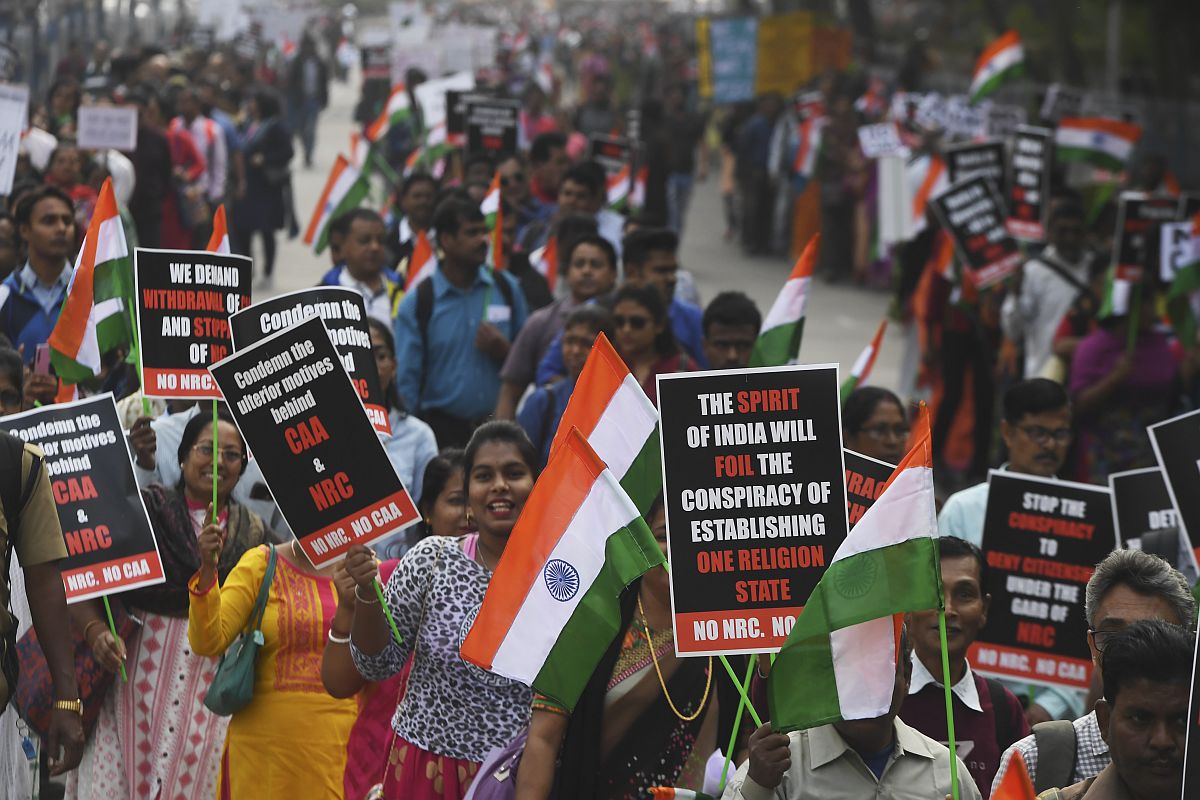EU Parliament Resolution: A Misguided Diagnosis of the Manipur Issue
Context:
The recent EU Parliament resolution on the violence in Manipur has stirred controversy and prompted a heated debate on the international stage. India’s dismissive response to the resolution, labeling it as an interference in internal affairs and reflecting a colonial mindset, raises important questions about the need for scrutiny and the impact of global interconnectedness.
Relevance:
GS-02, GS-03 (Poverty and Developmental Issues) (Issues Related to SCs & STs) (Minorities) (Government Policies & Interventions) (Pressure Groups) (North East Insurgency)
Prelims:
- Meitei Tribe, Kuki Tribe, Naga Tribe.
- 6th schedule, Inner Line Permit (ILP).
- Xaxa Committee
Mains:
- Analyze the Manipur issue and evaluate the implications of the recent EU Parliament resolution on the conflict. (150 words)
The European Union (EU)
- It is a cohesive economic and political block created particularly after the World War-2, consisting of 27 countries, with 19 of them using “euro” as their official currency, while 8 EU members have opted not to adopt the “euro”.
- EU aims to act as a unified entity, promoting peace, shared values, and the well-being of all its citizens through Internal Single Market system.
- The objectives of the EU covers various aspects, including ensuring freedom, security, and justice within its borders, fostering sustainable development based on balanced economic growth, employment, social progress, and environmental protection, addressing social exclusion and discrimination, promoting scientific and technological advancements, and enhancing cohesion and solidarity among member countries.
- It also values and respects its diverse cultural and linguistic heritage by working hand in hand towards the establishment of an economic and monetary union with the euro as its currency.
Dimensions of the article:
- Understanding the Manipur Issue
- Erroneous Understanding: Religious Basis and Communal Divide
- Implications and Way Forward
Understanding the Manipur Issue:
- The violence that erupted in Manipur, resulting in numerous casualties and displacements, warrants international scrutiny and concern.
- The ongoing distrust and hostility between the Meitei and Kuki-Zo communities have created a fertile ground for external actors to examine the situation.
- Just as Indian politicians voice their concerns on various global issues, lawmakers in the EU Parliament have a legitimate right to question actions in Manipur.
Erroneous Understanding: Religious Basis and Communal Divide:

- The EU Parliament resolution mistakenly portrays the conflict in Manipur as having a religious basis, pitting Hindus against Christians. This interpretation is flawed and fails to capture the underlying dynamics of the situation.
- The vandalization of churches and temples during the conflagration between the Hindu-majority Meitei community and the Christian-dominated Kuki-Zo community has fueled this misguided perception. (However, the catalyst for the surge in violence was a contentious order issued by a single judge Bench in the Manipur High Court, erroneously including Meiteis in the list of Scheduled Tribes).
- It is essential to note that the Naga community, also predominantly Christian, expressed its grievances over this decision.
- Nevertheless, the ethnic violence primarily involves militants from the Kuki-Zo and Meitei communities, aggravated by deep-seated socio-economic disparities between the “hill” and “valley” areas.
- Therefore, the religious discord highlighted in the EU resolution misrepresents the true nature of the conflict.
Implications and Way Forward:
- The misguided diagnosis of the Manipur issue in the EU Parliament resolution poses significant implications for the region.
- By emphasizing religious discord, new fault lines are likely to emerge, undermining the crucial reconciliation and accountability processes necessary for resolving the crisis.
- To break the persistent stalemate, it is imperative for the stakeholders to focus on socio-economic disparities, bridge the gap between communities, and ensure that the government is perceived as impartial and committed to addressing ethnic grievances.
- Moreover, civil society must play a pivotal role in fostering dialogue and understanding among the conflicting parties.
- International actors, including the EU Parliament, should reevaluate their stance and lend support to initiatives that promote inclusive peace-building efforts.
Conclusion:
The EU Parliament’s resolution on the Manipur issue, although well-intentioned, suffers from a misdiagnosis of the conflict. By erroneously framing it as a religious discord, the resolution fails to capture the true complexities and dynamics at play. Instead, a more nuanced understanding is required, one that acknowledges the socio-economic disparities, ethnic polarization, and the need for comprehensive reconciliation efforts. Only through such an approach can lasting peace and stability be achieved in Manipur. The EU Parliament and other international stakeholders should reassess their position and actively support initiatives that address the root causes of the conflict, fostering an environment conducive to genuine healing and progress.



